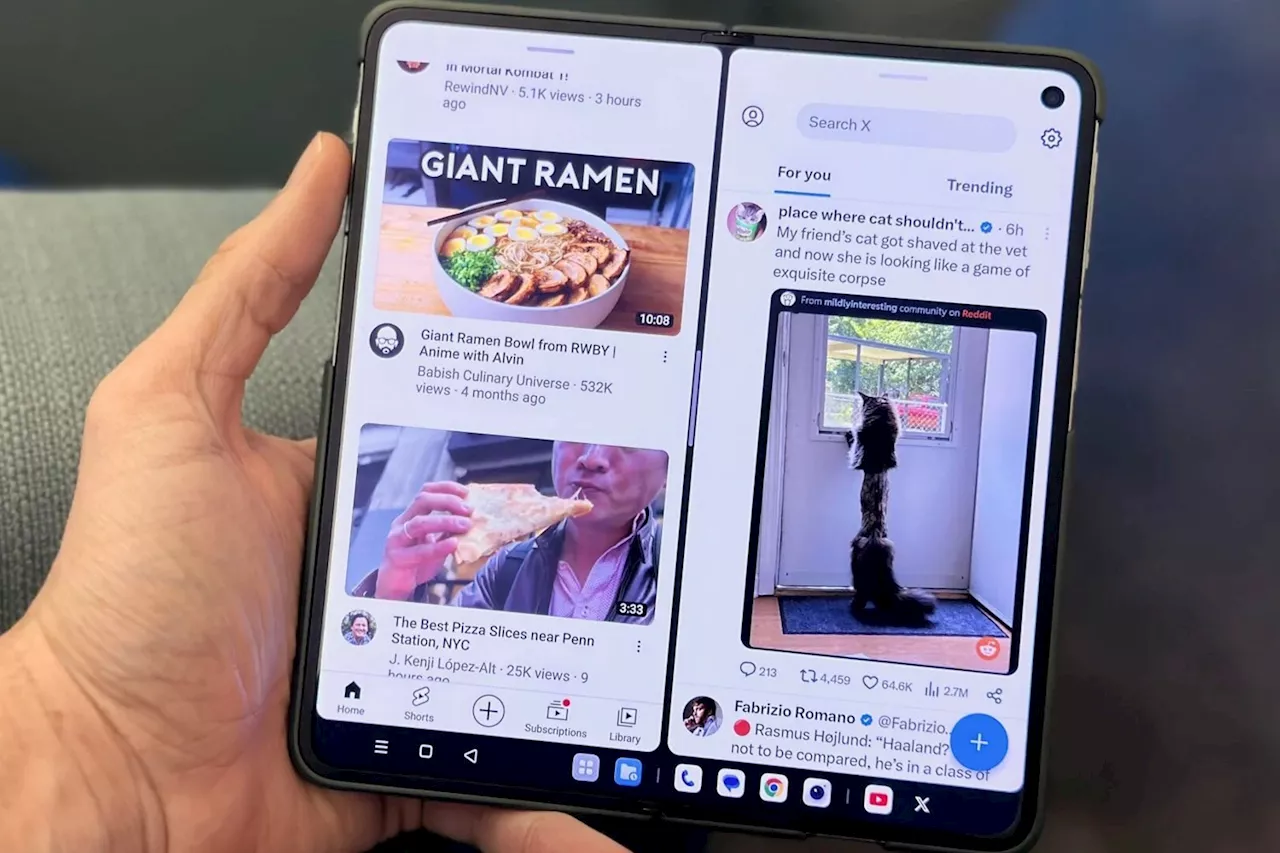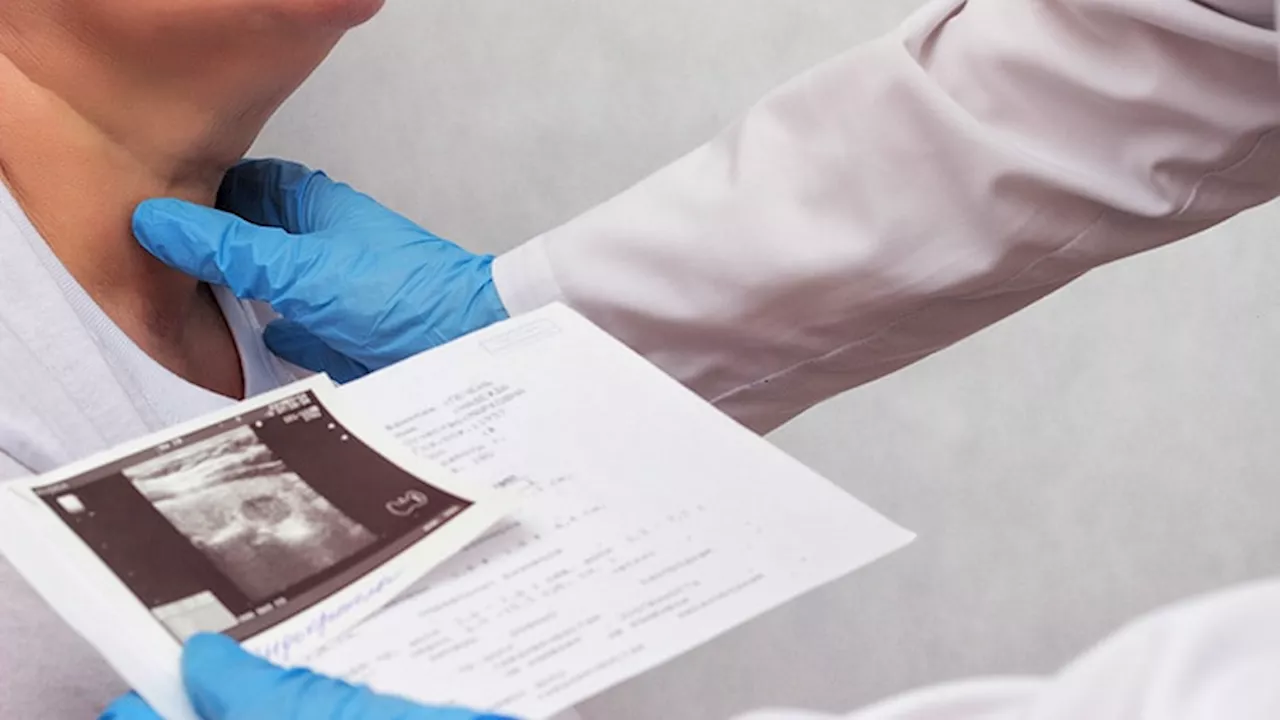Dr. F. Perry Wilson discusses a groundbreaking study examining the wide-ranging effects of GLP-1 receptor agonists, commonly used for weight loss and diabetes management. The study, conducted using the vast dataset of the US Department of Veterans Affairs, employed a novel 'discovery' approach to identify both beneficial and potentially harmful outcomes associated with these drugs. This approach reveals intriguing insights beyond their established effects on weight and blood sugar, prompting further exploration into the multifaceted nature of GLP-1 drugs.
Associate Professor, Department of Medicine and Public Health , Yale School of Medicine; Director, Clinical and Translational Research Accelerator, Yale School of Medicine, New Haven, Connecticut, your weekly dose of commentary on a new medical study. I’m Dr F. Perry Wilson from the Yale School of Medicine.
I’m really the last person to call something a miracle drug, but when it comes to the new weight loss drugs — formally the GLP-1 receptor agonists like Ozempic — I’m hard-pressed to think of a different term. Remember, these were designed as diabetes drugs. They were supposed to lower blood sugar, and they do. But it turned out they had profound effects on appetite, leading to substantial weight loss in the range of 10%-20% of body weight. And I feel a bit like a late-night infomercial host here because whenever I talk about these drugs, I say, “And that’s not all!” Studies have also shown that they. People taking them are more likely to quit smoking, drinking, and gambling. They do less compulsive shopping, even. I’ve talked about this before, referring to these drugs as “anticonsumption” drugs, and considering them more or less the antidote to the central problem of our current culture: overconsumption. But I’m not an unabashed optimist. When I teach interpretation of the medical literature to students, I remind them that if you think something sounds too good to be true, it probably is. What other effects do these drugs have that we don’t know about? The problem is that lots of medical research is hypothesis-driven. You come up with a hypothesis, such as “GLP-1 drugs increase the risk for pancreatitis,” and then you design a study to prove that hypothesis false or true. But these drugs have so many diverse effects. Is there a way we could possibly check for all of them at once? Actually, there is: by shifting the frame from hypothesis-driven studies to something called “discovery” studies. The idea is to look for any signal of benefit or harm across a huge range of datapoints. It’s sort of like searching for extraterrestrial intelligence. You can either point your telescope at some interesting nebula or planet to see if there is anything out there, or you can just sort of listen broadly to the entire sky at once. Of course, to do discovery research, you need to study a huge number of people. Ideally, all of their data would be collected in some large, centralized medical record. They should all have equal access to the drug of interest so that socioeconomic issues don’t wash out all the other signals. Basically, you need a socialized medicine cohort. But the United States doesn’t have socialized medicine, right? Actually, we do. The Department of Veterans Affairs (VA) is the largest integrated healthcare network in the United States, serving more than 9 million veterans a year. That’s a lot of data to mine. And mined it was, by Ziad Al-Aly and colleagues in a paper,'The researchers wanted to see what effects GLP-1 receptor agonists such as Ozempic and Mounjaro might have, good and bad, using what amounts to a shotgun approach. Here’s how it worked., so they restricted their analysis to that population. They identified 215,970 individuals with diabetes who started taking the GLP-1 drugs. They used people who started taking other diabetes drugs — like sulfonylureas, dipeptidyl peptidase-4 (DPP-4) inhibitors, and SGLT2 inhibitors — as controls. They also had a group of more than a million people who didn’t start taking any new drugs. If you’re keeping track, that’s actually four distinct control groups. I’ll try to integrate the results for you, though. What about outcomes? They used that amazing VA electronic health record to code 175 distinct health outcomes across 12 different broad categories ranging from “blood and blood-forming organs” to “mental” to “symptoms,” as you can see here. But before we dig into the interesting results, it’s worth noting that the authors put in a couple of proof-of-concept outcomes just to show the whole thing is working. As a positive control? Weight loss. If the data structure works as expected, we should clearly see that people started on the GLP-1 drugs lose more weight than those started on other drugs. And indeed that is the case: Those started on GLP-1s were 36% more likely to lose 5 points of BMI and 25% more likely to lose 10 points. They also had about a 20% reduced risk for cardiovascular and kidney events, findings that have been shown in prior studies. As for a negative control, they cleverly picked “trauma due to traffic injury.” There is no reason to think that GLP-1s would increase or reduce the risk for traffic accidents, and indeed they saw no association. So, data structure seems fine — performing as expected. What about the 173 other outcomes? This is where it gets interesting. Obviously, I can’t report on every single one, so I will highlight a fe
GLP-1 Drugs Ozempic Weight Loss Diabetes Discovery Research VA Dataset Side Effects Unexpected Outcomes
United States Latest News, United States Headlines
Similar News:You can also read news stories similar to this one that we have collected from other news sources.
 Expert Tips for Managing GLP-1 Medication Side EffectsExperts say patients should adjust dosage, try prescribed and over-the-counter drugs to help with symptom management and dietary changes to deal with side effects.
Expert Tips for Managing GLP-1 Medication Side EffectsExperts say patients should adjust dosage, try prescribed and over-the-counter drugs to help with symptom management and dietary changes to deal with side effects.
Read more »
 Ground Squirrels Show Unexpected Predatory Side, Hunting VolesA recent study in California revealed that ground squirrels, typically known for their herbivorous diet, are actively hunting and consuming small mammals like voles. This discovery surprised researchers who expected to observe the squirrels foraging for seeds and nuts. The study highlights the adaptability of squirrels and their ability to switch to a carnivorous diet.
Ground Squirrels Show Unexpected Predatory Side, Hunting VolesA recent study in California revealed that ground squirrels, typically known for their herbivorous diet, are actively hunting and consuming small mammals like voles. This discovery surprised researchers who expected to observe the squirrels foraging for seeds and nuts. The study highlights the adaptability of squirrels and their ability to switch to a carnivorous diet.
Read more »
 The Far Side's Unexpected Military EncountersThis article explores the unique and often absurd portrayal of military themes in Gary Larson's The Far Side comic strip, highlighting the unexpected humor derived from juxtaposing soldiers with aliens and other surreal scenarios.
The Far Side's Unexpected Military EncountersThis article explores the unique and often absurd portrayal of military themes in Gary Larson's The Far Side comic strip, highlighting the unexpected humor derived from juxtaposing soldiers with aliens and other surreal scenarios.
Read more »
 Irina Shayk Shows Off Her Soft Side with an Unexpected Fluffy BagIrina Shayk, like you've never seen her before. Watch as the supermodel gets ready for her BAZAAR.com cover shoot and gets candid about beauty blunders from her past.
Irina Shayk Shows Off Her Soft Side with an Unexpected Fluffy BagIrina Shayk, like you've never seen her before. Watch as the supermodel gets ready for her BAZAAR.com cover shoot and gets candid about beauty blunders from her past.
Read more »
 Google May Soon Let You Run Three Apps Side-by-Side on AndroidA code sleuth has discovered hints of a new feature in the Android 16 developer preview that would allow users to split their screens into three separate areas, enabling them to run three apps simultaneously.
Google May Soon Let You Run Three Apps Side-by-Side on AndroidA code sleuth has discovered hints of a new feature in the Android 16 developer preview that would allow users to split their screens into three separate areas, enabling them to run three apps simultaneously.
Read more »
 Large Study Finds No Increased Risk of Thyroid Cancer with GLP-1 RA DrugsA major new study involving a large diabetic population indicates that the use of GLP-1 RA drugs does not significantly increase the risk of thyroid cancer, although the study's relatively short follow-up period is noted.
Large Study Finds No Increased Risk of Thyroid Cancer with GLP-1 RA DrugsA major new study involving a large diabetic population indicates that the use of GLP-1 RA drugs does not significantly increase the risk of thyroid cancer, although the study's relatively short follow-up period is noted.
Read more »
